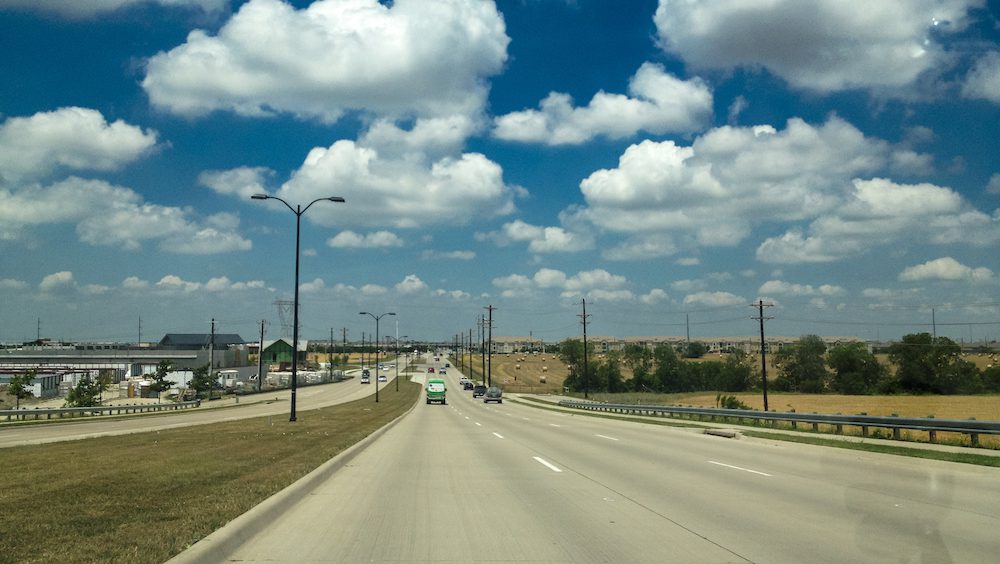
Getty Images
The South has risen again.
Six of the 10 fastest-growing, large cities of the past 10 years are below the Mason-Dixon Line—with half in Texas alone, according to a recent U.S. Census Bureau report. The report looked only at cities with at least 50,000 or more residents from April 1, 2010, and July 1, 2019. And the fastest-growing city is one that most folks outside of the Lone Star State are likely unfamiliar with.
The Dallas suburb of Frisco, TX, about 30 minutes north of the larger city, has grown 71.1% over the past decade. Frisco’s gotten a boost because so many companies have relocated, opened, or expanded their operations in the Dallas region, attracting lots of well-paying jobs and workers to the area.
The area’s good fortune could help explain why homes within Frisco’s city limits cost a median $500,000 in April, according to realtor.com® data. That’s about 36% more than the national median of $320,000.
“The past decade’s growth in population clearly favored Sun Belt cities,” says realtor.com Senior Economist George Ratiu. That’s because they’ve become popular with cost-conscious baby boomers retiring and millennials seeking to raise families.
“Southern states have been magnets for both people and companies looking for good weather, lower cost of living, and tax-friendly treatment,” says Ratiu.
Frisco was followed by Buckeye, AZ, with a 56.6% surge in population over the past decade. Next were New Braunfels, TX, at 56.4%; McKinney, TX, at 51.9%; South Jordan, UT, at 51.8%; Meridian, ID, at 48.3%; Cedar Park, TX, at 44.2%; Fort Myers, FL, at 39.8%; Conroe, TX, at 39.3%; and Irvine, CA, at 35.5%.
Texas’ “active campaign to attract top-notch technology, manufacturing, and business services companies have ensured a growing and diversified economy,” says Ratiu. “In addition, the state’s affordable housing and lack of income tax provided additional incentives to workers looking for alternatives to expensive urban cities on the coasts.”
Big Southern cities have been growing faster than any other region in the country, at a pace of 11.8% over the past decade. That’s likely due to the lower cost of living, cheaper home prices, and lower taxes. That killer combination has been attracting companies, and many good-paying jobs, to the region as well—drawing additional transplants from other parts of the nation. The region’s warm weather, which is appealing to retirees, doesn’t hurt either.
Meanwhile, the ultrahigh-priced (and cold) Northeast grew only 1.5% over the same period. The population in the West surged 9.1%, and ticked up 3.1% in the Midwest.
On the other side of the spectrum were the large cities seeing the largest population declines. Many of these were Rust Belt cities or other areas that have lost their main employers and have been struggling economically. Real estate in these areas tends to be cheaper as there aren’t as many buyers competing for homes in areas with weaker job markets.
Charleston, WV, experienced the biggest exodus, losing 9.4% of its residents from April 1, 2010, and July 1, 2019. That may help explain why home prices within the city limits were a median $182,500—roughly 43% less than the national median of $320,000.
The city was followed by Jackson, MS, at minus 7.4%; Decatur, IL, at minus 7.1%; Shreveport, LA, at minus 6.9%; Albany, GA, at minus 6.9%; Gary, IN, at minus 6.7%; Flint, MI, at minus 6.6%; Hammond, IN, at minus 6.6%; Rocky Mount, NC, at minus 6.5%; and Saginaw, MI, at minus 6.5%.
The post The Fastest-Growing U.S. City Most Americans Didn’t Know Existed appeared first on Real Estate News & Insights | realtor.com®.
source https://www.realtor.com/news/real-estate-news/this-is-the-fastest-growing-us-cities-2020/
No comments:
Post a Comment